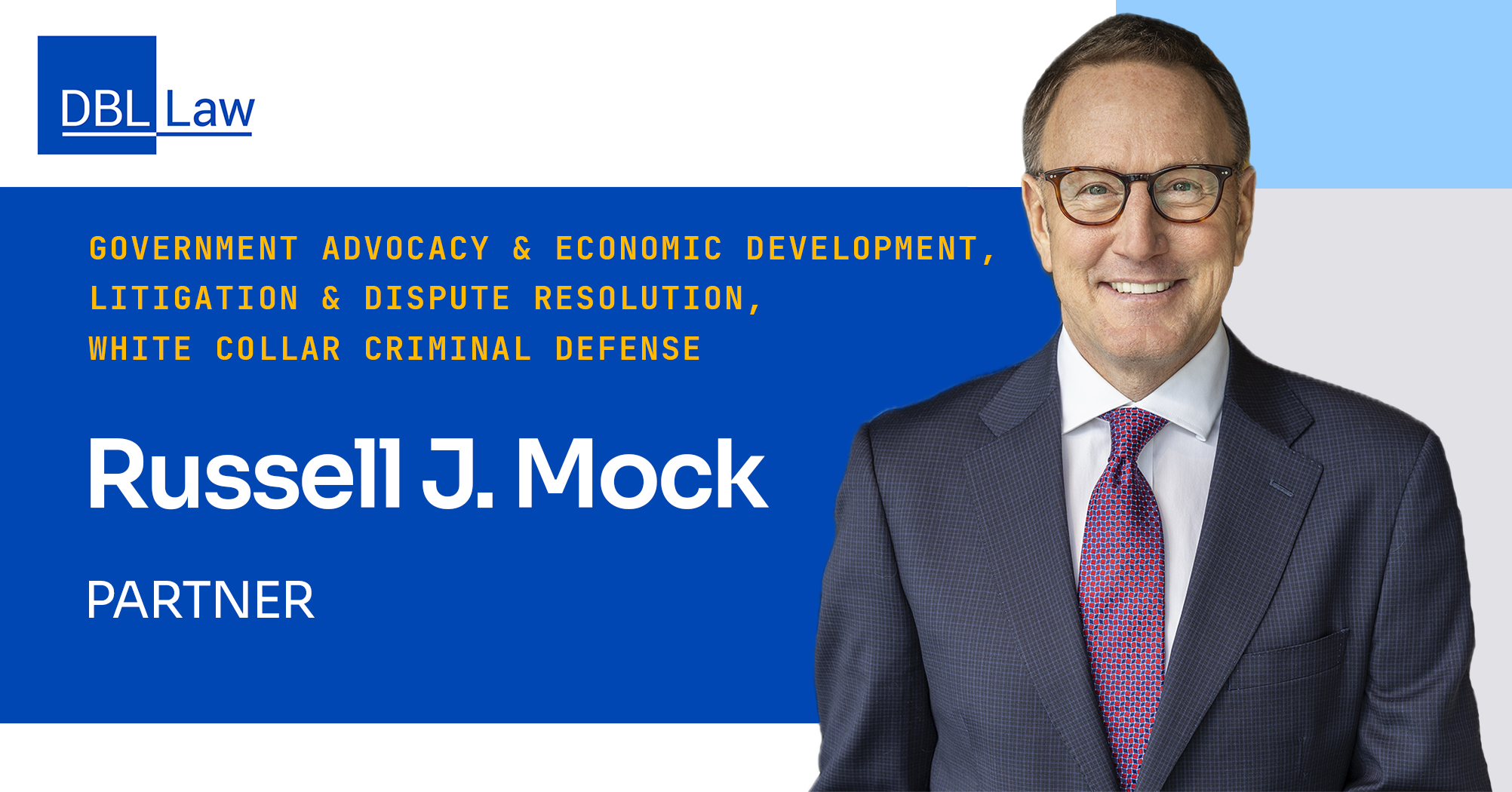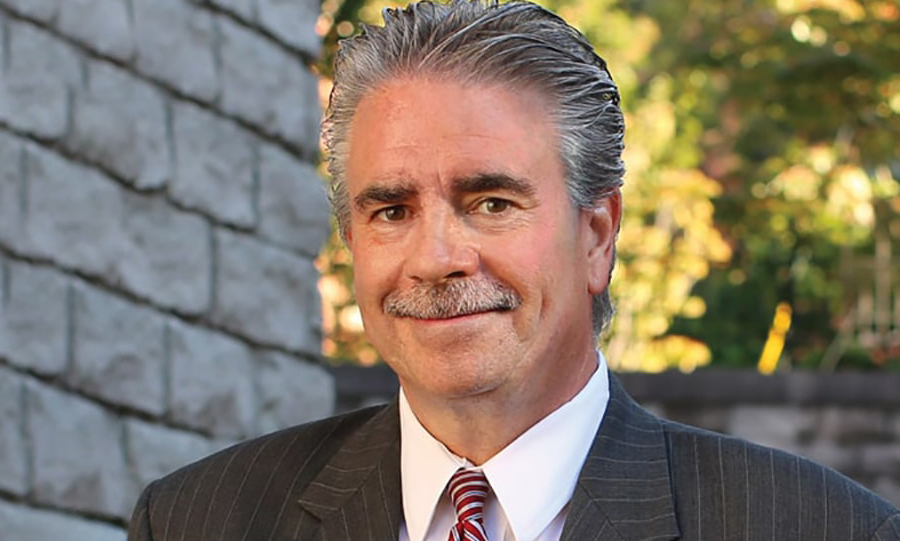Dropping traditional workers’ compensation in favor of a private plan? New data from Stanford University shows that it’s saving companies money. But some have questioned whether the savings come at the expense of injured workers.
The study by Alison Morantz, a professor at Stanford Law School, examined illness and injury claims filed by employees of multistate companies that have used these private plans. These companies saw a 44 percent drop in costs per worker, Morantz found.
Workers’ compensation, in which employees hurt on the job waive their right to sue their employers in exchange for no-fault insurance packages, has long been mandatory in almost every state. But employers in Texas and Oklahoma don’t have to use the state-run plans, and pending legislation in Tennessee and South Carolina may make workers’ compensation voluntary in those states too. Some of the nation’s biggest companies like Wal-Mart Stores Inc., McDonalds Corp, and Costco Inc., have opted out of workers’ comp where they can.
Morantz’s study looked at 15 large multistate companies that chose to ditch workers’ compensation for their Texas employees between 1998 and 2010. She estimates that the cost per worker per hour for these companies dropped from around 14 cents under workers’ compensation to 8 cents under their new private insurance plans. The data also showed that opting out nearly halved the cost that these companies paid per claim, saving employers an estimated $1,900 per claim.
One of Morantz’s key findings is that changing to a private plan dramatically lowers the costs of handling non-traumatic injuries like back pain. In a statement, she attributed this to “more aggressive claim screening by employers or less over-claiming by employees—or some combination of both.”
The study also reported a 47 percent drop in the frequency of claims for more traumatic injuries—like fractures, concussions and amputations.
The drivers of this savings might come as a surprise. Morantz found that some of the key distinctions of private plans—including fewer permanent partial disability benefits and exclusion of some diseases and non-traumatic injuries—accounted for a relatively small part of the savings.
So why the cost savings, then? According to the research, the generally smaller timeframe workers have to report an injury in private plans might play a big role in drops in claims and costs. But more data is necessary to decide, Morantz concludes.
For companies worried that opting out of the traditional system will expose them to litigation from injured workers, Morantz’ study will provide peace of mind.
“The most salient aspect of workers’ compensation is immunity from lawsuits,” Morantz said. “Yet as it turns out, these companies are not accruing any additional costs from shouldering tort liability.”
Lower legal costs might be due to arbitration clauses. Out of the 15 companies that Morantz studied, 13 included mandatory arbitration clauses in their private plans.
This new research makes opting out look like a good move, but many questions still remain about how fair private plans are to workers. Many have criticized these plans for leaving out important benefits that exist under workers’ comp.
Trey Gillespie, the senior workers’ compensation director at the Property Casualty Insurers Association of America, has read many private plans and seen where gaps exist.
“First, none of the plans cover all on the job injuries,” he says. “They only cover on the job injuries that they choose to cover. And they can expressly exclude some very expensive claims, such as those arising out of asbestos exposure, arising out of silica exposure and other claims like that.” He adds that with some of these plans will try to shift the burden of paying for certain workplace injury expenses to a health insurance carrier, or if possible, to an employees’ social security disability insurance.
Gillespie says that opt-out plans disadvantage employees that have a claim or dispute involving workplace injuries because they use the Employee Retirement Income Security Act as legal framework. With ERISA, the decision by the employer to either pay or not pay the benefit is given great deference by either the arbitrator or the court,” says Gillespie. “It makes it hard for opt-out employees to find legal representation and very hard for them to be successful in a dispute.”
These doubts haven’t stopped businesses from adopting the plans. As of 2012, around 33 percent of Texas companies had opted out of workers’ compensation.
A.J. Donelson, a spokesperson for the Association for Responsible Alternatives to Workers’ Compensation, a coalition of employers, plan providers and industry experts, says that Morantz’ findings are consistent with his groups views that opting out leads to more savings and “less litigation and bureaucracy.”
Opting out has led to at least one major lawsuit. Last year, an Oklahoma worker sued her employer, department store chain Dillard’s Inc., when she found out the company’s private plan didn’t cover her on the job injury. In February 2016, the Oklahoma Workers’ Compensation Commission ruled in her favor, declaring the state opt-out law unconstitutional. Dillard’s has appealed that decision to the Oklahoma Supreme Court.
This article was originally published in Corporate Counsel and authored by Rebekah Mintzer.




